With this article, we welcome back guest writer Noah Guthrie. Born in Scotland, raised in Nashville, Noah serves as an intern with A Rocha USA, a Christian non-profit dedicated to living out God’s call to care for creation. Since September 2023, his work has spanned from Titusville, FL, to Austin, TX.
Working in a prison lot, I heaved shovelfuls of shells from a sprawling oyster boneyard. Each shell was roughly the shape of an ear - one side a coarse dome, the other a pearly, bruised teardrop - and there were thousands piled together, forming hills higher than my head. As I whacked my shovel against the pile, knocking down oysters so that I could scoop them more easily, they clacked like toppling dominoes.
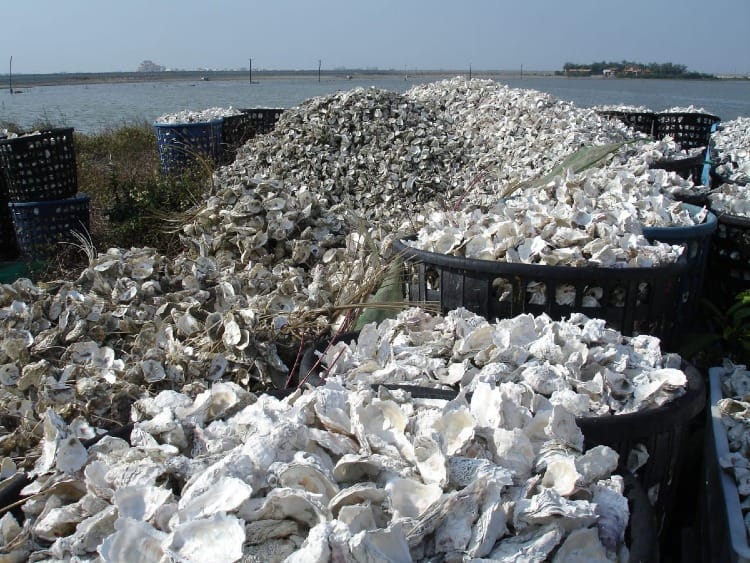
There were at least 25 other people working beside me in the prison lot, shoveling the shells into cages, then sealing the steel frames with hog rings. We weren’t working off a criminal sentence, though. We were doing conservation work.
Spurred by the decline in oyster, seagrass, and mangrove populations in the Indian River Lagoon - a brackish waterway on the central east coast of Florida - the Brevard Zoo is leading a habitat restoration program called “Restore Our Shores.” One of the project’s goals is to establish artificial oyster reefs, and oyster shell is one of the best surfaces for young oysters to grow on, so the zoo has placed huge amounts of dead oysters in cages and open-topped enclosures throughout the lagoon. Luckily, a nearby prison was kind enough to offer an open lot for the zoo to store oysters collected from restaurants.
Oyster reefs form staunch barriers against storms while also providing homes for many fish. Since oysters are filter feeders, they’re also vital for purifying the lagoon. According to the National Centers for Coastal Ocean Science, “a single adult oyster can filter more than 50 gallons of water a day,” so imagine how much a full reef can do!
Though I was volunteering with Restore Our Shores as part of my internship with A Rocha USA, these opportunities are also open to the public. Anyone can volunteer to help the zoo’s staff to gather used oysters from restaurants, shovel them into cages, or pour them into enclosures in the Indian River Lagoon. We hope that these efforts will pave the way for renewed flourishing not only for oysters, but for all the local species that rely on them for habitat, water quality, and storm protection.
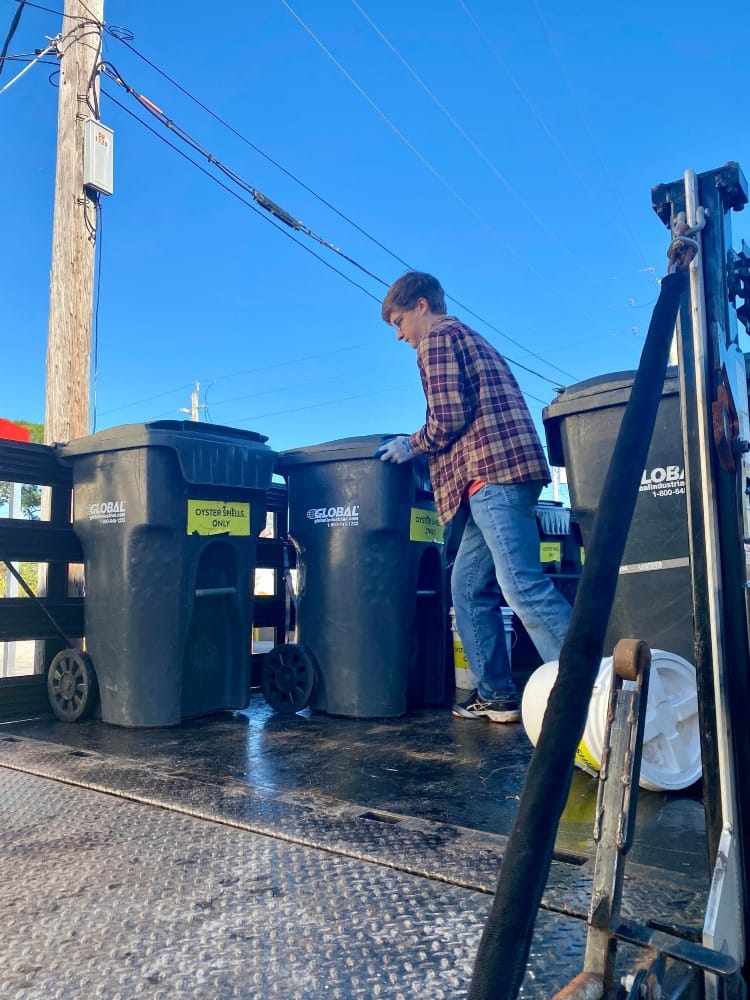
As I’ve engaged with restoration efforts like this, I’ve been struck by the links between science-based conservation and the life of faith. One of these links is the prevalence of uncertainty. Scientists (ideally) form and test theories with the awareness that human knowledge is limited, and that a new crop of data could overturn everything they thought to be true, forcing them to make new theories. Similarly, people of faith strive for divine wisdom the best they can, but know that human limitations will prevent them from achieving it in full, so they lean into God’s guidance to help them. In both cases, we pursue knowledge with humility.
These themes of uncertainty and human limitations have been evident to me in my work with oysters and seagrass. Unfortunately, storm-tossed sediment has buried and killed many of the oyster reefs planted by Restore Our Shores. Likewise, when I’ve helped the zoo staff to assess the seagrass plots they’ve sown, they’ve lamented that manatees and other creatures will likely eat up the seagrass before it can fully establish itself.
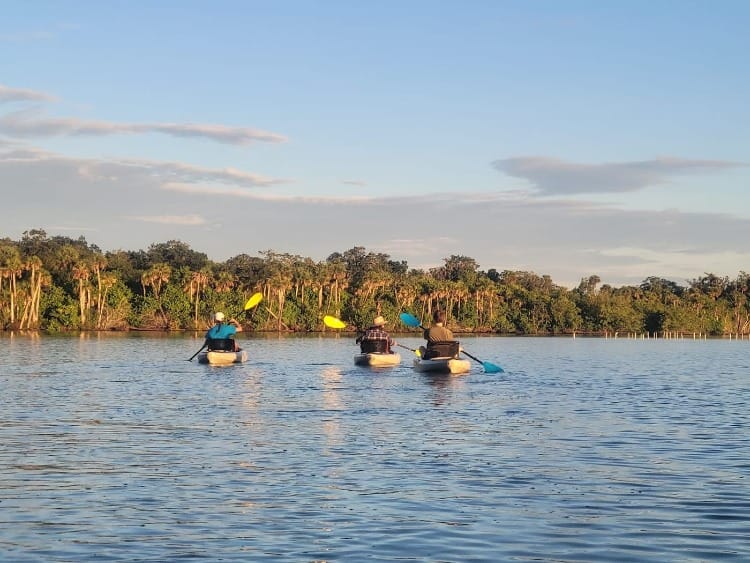
Our ecosystems, with their complex webs of chemical, geological, and biological interactions (including those of humans), are highly unpredictable, so we can’t be sure how much of our restoration work will survive. This saddens me, given how much I want these habitats to flourish, and how much effort I’ve put into nourishing them.
Sometimes, I feel like I’m playing some grotesque game of sandcastles, but instead of working with sediment, I’m working with living creatures. One moment, I’m raising a mound of oysters, or a plot of seagrass or freshly planted trees, and the next moment, a foaming wave sweeps them away.
I try to remember that people like me and the Brevard Zoo are doing the best we can with what knowledge we’ve got. Moreover, I’ve heard that the zoo actually anticipates the kind of oyster reef failures we’ve seen. They didn’t expect to establish an enduring reef on the first try, but to further our knowledge of what conditions allow oysters to flourish, honing restoration methods with each attempt.
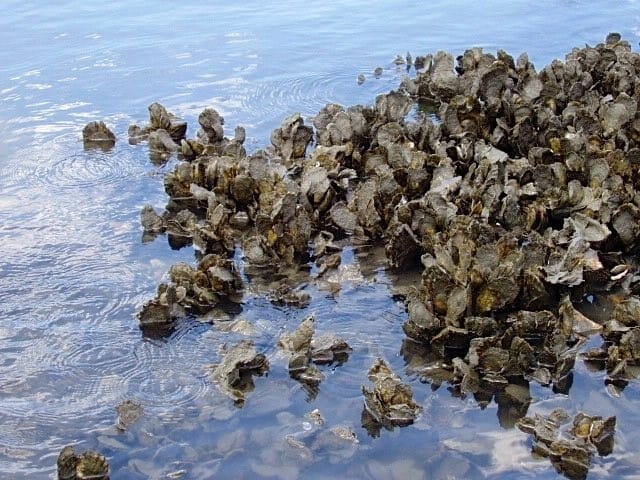
It’s sad to remember the oysters that have died, but it’s another step in the restoration process, slowly chipping away at our ignorance and strengthening our ability to establish an enduring reef. Once again, it’s a process of humility, acknowledging human limitations and striving to progress despite them, that we may better serve all of God’s creatures.
For any readers interested in volunteer biodiversity restoration, there are lots of opportunities for that across the country. Though you may not get as lucky as I did, getting to shovel hundreds of oysters into cages, you can connect with a variety of restoration efforts through organizations like nature parks, wildlife preserves, and zoos. Lots of groups also host litter cleanup events, which you can usually find and sign up for online.
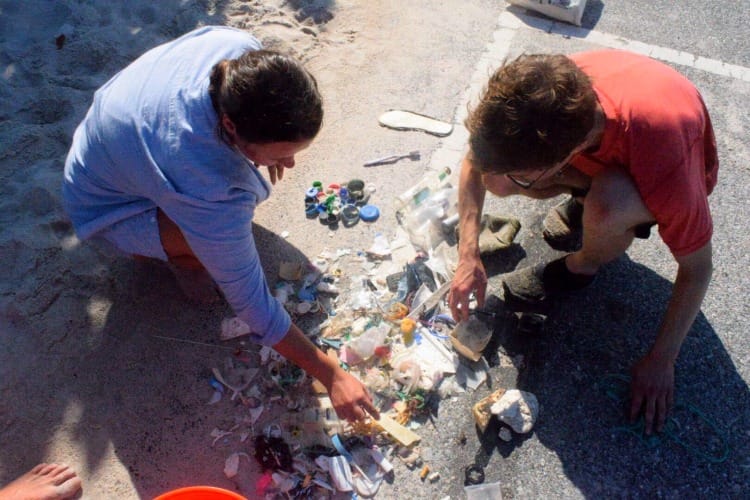
Another way you can support biodiversity restoration is by planting native species around or in place of the grass in your lawn - something that Douglas W. Tallamy, author of Nature’s Best Hope, argues could create millions of acres of native habitat, provided that enough people get involved. You can also contribute indirectly to restoration efforts by logging your sightings of local plants and animals in the iNaturalist app.
Having used iNaturalist myself, I can confirm that it’s simple and easy to use, and the species sightings that we record (after they’re reviewed by experts on the app) can be a vital resource for professional scientists, who pull from the app’s data when conducting ecological research. If you want to see an example of this kind of research project, feel free to read this StoryMap, which describes my team’s biodiversity report on the Northern Indian River Lagoon.
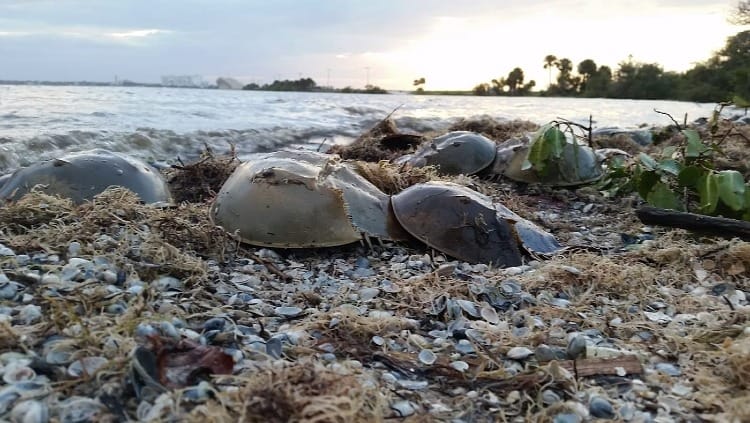
When I waded into the lagoon, pouring bags of oyster shells into a steel enclosure, I was engaging in a kind of prophetic imagination. Just as John of Patmos could look at the corruption and persecution of the seven churches of Revelation, then envision the coming of the New Jerusalem, when God’s people would be freed from all evil and suffering, so I can look at the persecution of the Indian River Lagoon, robbed of its oysters and mangroves, and work towards the New Creation, when God will set this ecosystem free from its “bondage to corruption” (Romans 8:19-22).
We move towards this future with a clumsy, staggering stride. Some oysters flourish, while others perish; some seagrass swells, while the rest dies away. With each failure, though, we have an opportunity for correction - to further our understanding, to hone our methods - and in time, God will guide us into a restored creation, a world of collective flourishing that we could never have attained on our own.
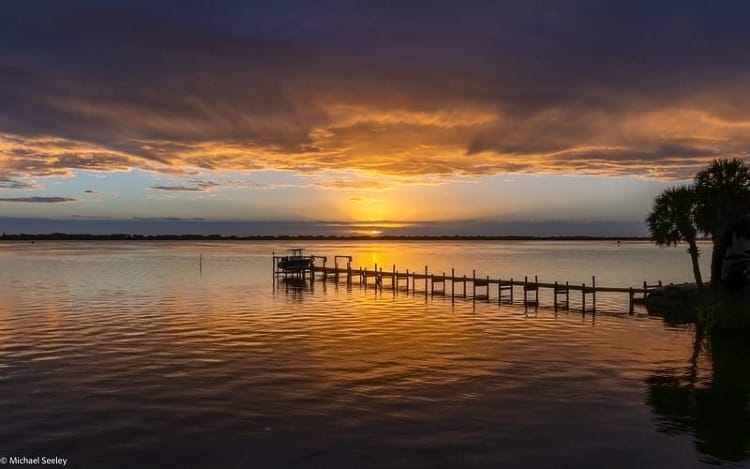
What are some of the ways that you’ve nurtured (or plan to nurture) your local habitats? I’d love to hear more about your experiences or about any thoughts you may have on this post. Feel free to get in touch with me at “noah.guthrie@gmail.com”!

Noah Guthrie